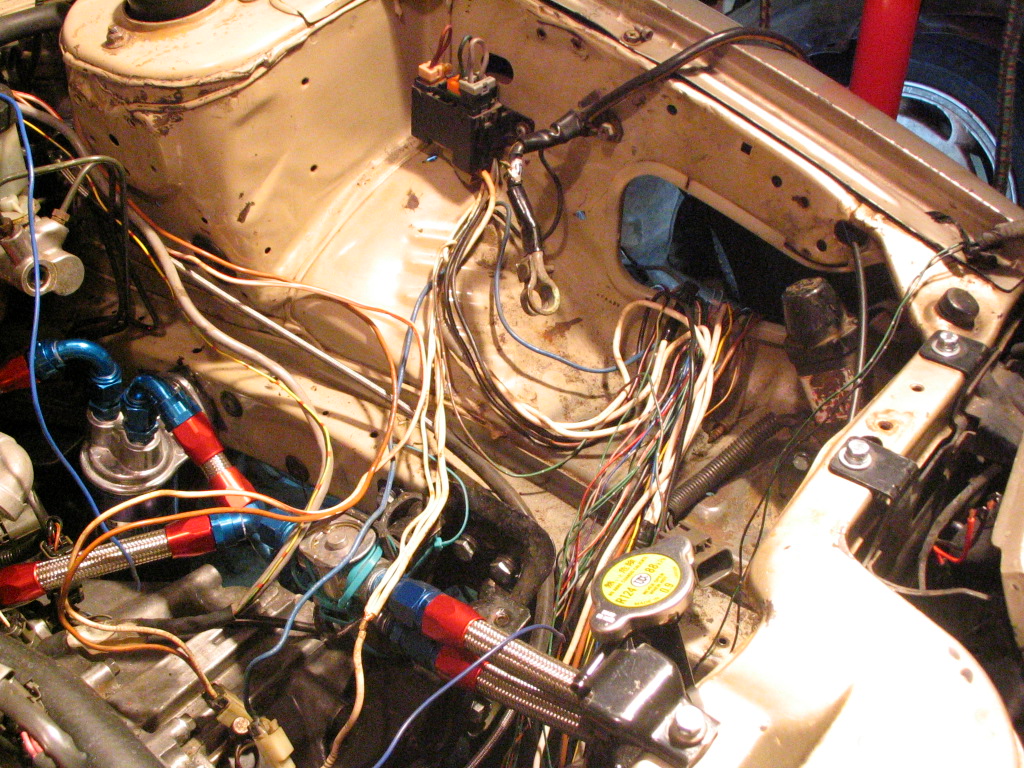Understanding the Rodent Puzzle
The world of cars and rodents might seem unrelated, but the two have an intricate connection that often leaves car owners scratching their heads. The inexplicable attraction that rodents have for car wires is a baffling phenomenon. Contrary to myths suggesting rodents savor the taste of chewed-up wires or are lured in by electromagnetic signals, the real reasons are much more fascinating.
Rodents, like mice and rats, have teeth that constantly grow, requiring them to chew on various materials to keep their teeth in check. This instinct drives them to wires, which might appear similar to branches and thus make an ideal chewing medium. Another element that has amplified the problem is the use of soy-based wire insulation in modern vehicles.
Unraveling the Soy-Based Wiring Enigma
Car manufacturers’ shift towards eco-friendly practices led to the adoption of soy-based wire insulation. While a commendable move, this decision unwittingly attracted rodents, thanks to the nutritional value they find in soy-based materials. In fact, a lawsuit against Toyota (among those brands which cars have soy based wiring) claimed that soy-based wiring was the ultimate cause of rodent damage.
Toyota might have prevailed in the courtroom, but the battle against rodent damage continues for car owners. The question remains: why do rodents target vehicle wiring with such fervor, and how can enthusiasts tackle this issue head-on?
Identifying the Culprits
To effectively address the problem, it’s crucial to know your adversaries. Mice, rats, squirrels, chipmunks, and even larger creatures like possums are known culprits. As temperatures drop, these creatures seek refuge in the warmth of car engines, leading to potential chaos.
Counting the Costs
Despite their small size, rodents can inflict substantial damage. Chewed wires can create problems that are hard to diagnose and repair, especially when they occur in inaccessible engine areas. The additional threat comes from nesting materials, which can ignite if left in contact with the engine’s heat.
The repair costs can vary significantly, depending on the extent of damage and the specific vehicle model. From minor inconveniences to major financial burdens, rodent damage is a challenge that every car owner should be prepared to face.
Taking Preemptive Measures: Your Car’s Defense Strategy
Thankfully, car owners don’t need to surrender their vehicles to rodents. There are proactive measures that can significantly reduce the risk of rodent damage. Parking in well-lit areas, using rodent repellent sprays, and employing traps are initial steps to consider.
A vigilant approach to inspecting your car’s wiring can help identify early signs of trouble, ensuring prompt action. Furthermore, innovative strategies can help you keep rodents at bay. From the use of peppermint oil, known for its repelling scent, to regular vehicle startups, there’s an array of options to explore.
Outsmarting Rodents: A Multi-Faceted Defense
The battle against rodent damage involves a multi-pronged approach. Employing traps, utilizing smell deterrents like peppermint oil, and choosing well-sealed parking locations are essential steps. Maintaining cleanliness, fitting underhood lights, and even involving natural predators such as cats can serve as effective tactics.
Metal mesh, ultrasonic repellents, essential oils, and even mothballs play a part in building a fortress against rodent invasion. However, caution is necessary when using toxic solutions like mothballs, ensuring they are out of reach of children and pets.
Restoring Order: Cleaning Up the Mess
Should your car fall victim to a rodent invasion, cleaning becomes an imperative task. However, this process should be approached carefully to avoid exposure to potential hazards. Proper ventilation, protective gear, and effective disinfectants are your allies in this endeavor.
In Conclusion
Rodent damage might be an unexpected challenge for car enthusiasts, but knowledge and preventive measures are your best tools in this battle. Staying informed about soy-based wiring and adopting proactive strategies can help you shield your vehicle from the costly consequences of rodent intrusion. With diligence, innovation, and a touch of creativity, you can protect your cherished car from these relentless invaders.

